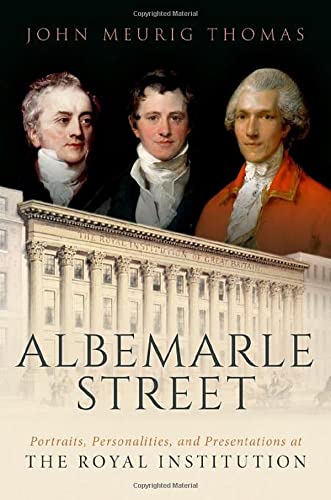

Most ebook files are in PDF format, so you can easily read them using various software such as Foxit Reader or directly on the Google Chrome browser.
Some ebook files are released by publishers in other formats such as .awz, .mobi, .epub, .fb2, etc. You may need to install specific software to read these formats on mobile/PC, such as Calibre.
Please read the tutorial at this link. https://ebooknice.com/page/post?id=faq
We offer FREE conversion to the popular formats you request; however, this may take some time. Therefore, right after payment, please email us, and we will try to provide the service as quickly as possible.
For some exceptional file formats or broken links (if any), please refrain from opening any disputes. Instead, email us first, and we will try to assist within a maximum of 6 hours.
EbookNice Team

Status:
Available0.0
0 reviewsThe Royal Institution of Great Britain is renowned the world over, first, because it is a premier arena for the advancement of new scientific and technological knowledge; and second because it highlights the advance of knowledge of all kinds. It bridges the sciences and the humanities, and as
much publicity is given to advances in the arts, archaeology, architecture, drama and literature as to the pure and applied sciences. More famous scientists have lived and worked in the Royal Institution than in any other laboratory in the world. A roll-call includes Rumford, Davy, Faraday,
Tyndall, Dewar, Rayleigh, W. H. Bragg, W. L. Bragg and George Porter. Not is it only the home of continuous electricity, it is also the birthplace of many aspects of molecular biology and viruses and enzymology. Some fifteen scientists who have won the Nobel Prize have, at one time or another,
worked or lectured at the RI. And eminent individuals, like Howard Carter and Coleridge, have lectured there.
Albemarle Street - Portraits, Personalities and Presentations at The Royal institution is a lively and compelling personal selection of the remarkable personalities and achievements of some of the extraordinary scientists and individuals who, during the nineteenth and twentieth centuries, worked or
lectured at 21 Albemarle Street in Mayfair, central London. John Meurig Thomas offers a unique and valuable insight into the history of this prestigious address, having himself lived and worked at the Royal Institution for some twenty years.